B2B Sales Engagement: A Practical Guide for You in 2025
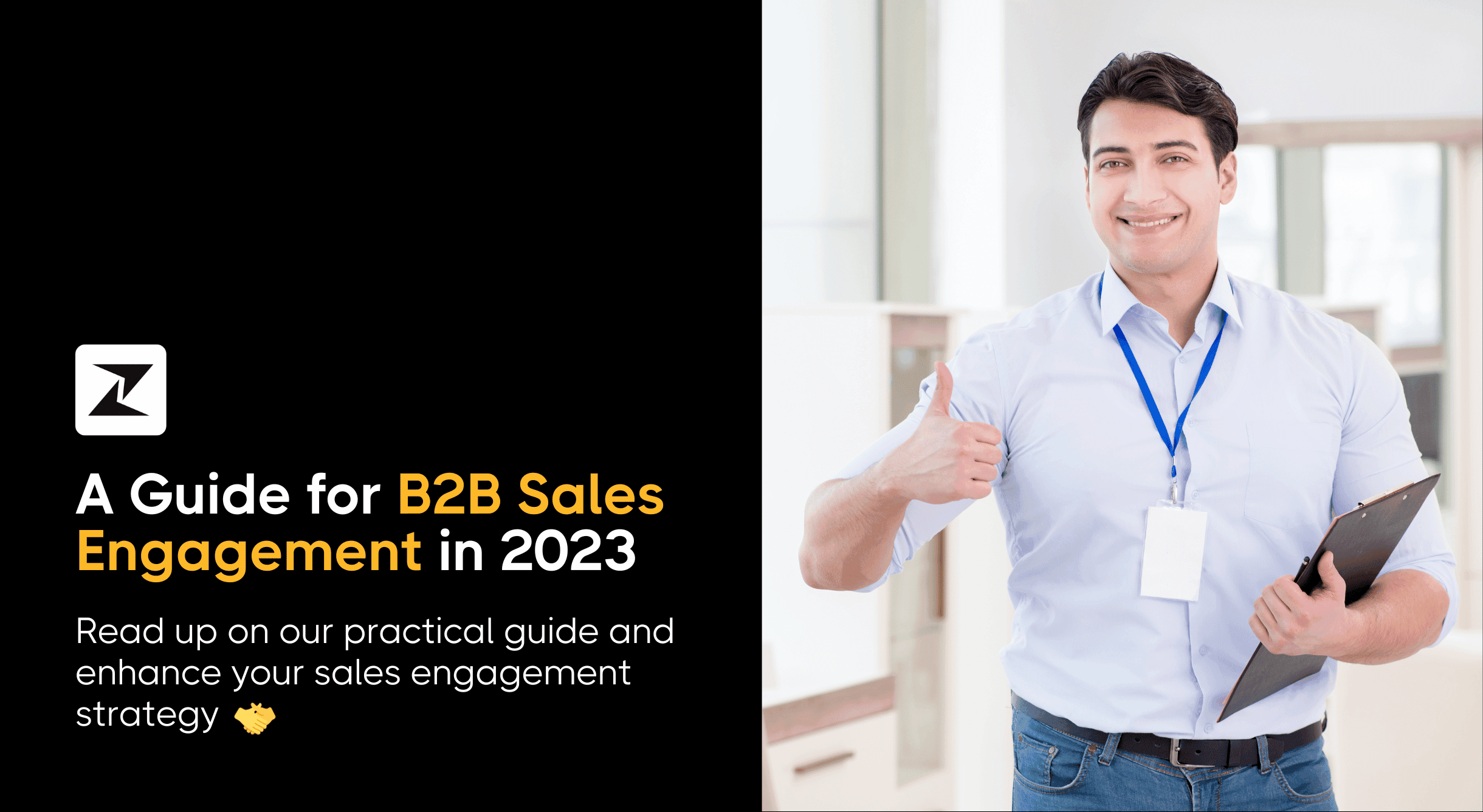
In today's fast-paced and hypercompetitive business landscape, traditional sales approaches are no longer enough. B2B sales engagement has emerged as a game-changer, revolutionizing how sales professionals connect, communicate, and convert leads into loyal customers. It's the secret ingredient that separates successful sales teams from the rest.
But what exactly is sales engagement, and how can you harness its power to skyrocket your sales performance?
Buckle up as we embark on a journey through the art and science of sales engagement. You will dive deep into the tactics, explore the top strategies employed by industry leaders, and unveil the top sales engagement platforms that can supercharge your efforts.
Whether you're a seasoned sales veteran looking for fresh insights or a newbie eager to make your mark, this practical guide is your compass to navigate the ever-evolving world of sales engagement.
Get ready to discover the keys to building meaningful connections, igniting engagement, and driving exceptional results in your sales journey.
So, let's embark on this exhilarating adventure into the realm of sales engagement.
Success awaits those who dare to engage!
What is B2B sales engagement?
Imagine you are running a company that sells office furniture to other businesses. Here, B2B sales engagement is how you interact with, build relationships with your potential business customers and finally impress your prospects.
Let's say you come across a potential client, a growing tech company that just moved into a new office space. They must furnish their workspace with desks, chairs, and other furniture. Here's how B2B sales engagement would come into play.
You start by researching the tech industry and the challenges they might face regarding office furniture. You learn that many tech companies prioritize ergonomic designs and furniture that promote employee collaboration.
With this knowledge, you contact the tech company and start a conversation. You don't just send them a generic email. Instead, you personalize your message and address their specific needs. For example, you mention how your office furniture can provide comfortable seating options that promote. productivity and teamwork.
During your conversation, you actively listen to their requirements. They mention that they have a preference for standing desks and eco-friendly materials. You take note of this valuable information.
Based on their needs, you provide them with a tailored solution. You explain how your company offers a range of standing desks with adjustable heights and environment-friendly materials. You share images and specifications of the desks that align with their preferences.
To build trust and credibility, you provide examples of other tech companies that have purchased your furniture and experienced positive results. You might even offer to connect them with these past clients for references.
You maintain regular communication and follow-up with the tech company throughout the sales process. You address any questions or concerns they have promptly and provide additional information as needed. You aim to make them feel supported and confident in choosing your office furniture.
This is how you improve your sales process.
Finally, after discussing pricing and terms and ensuring they are satisfied with the proposed solution, you close the deal. You finalize the order, arrange delivery and installation, and continue providing post-sales support.
Do not focus on numbers. Focus on doing what you do best - Cassey Ho
To sum up, B2B sales engagement is about understanding the specific needs of your potential business customers, tailoring your approach to address those needs, and building relationships based on trust and value. It involves actively listening, providing personalized solutions, and maintaining ongoing support throughout the sales process.
B2B 🆚 B2C sales engagement
Don’t get confused between B2B and B2C sales engagement.
B2B sales engagement revolves around engaging with businesses, building long-term relationships, and providing personalized solutions to complex needs.
B2C sales engagement, on the other hand, focuses on connecting with individual consumers, delivering personalized experiences, and catering to immediate needs and preferences.
Here is a breakdown of the key differences between the two:
But before scrolling down, make sure you clear about the difference between B2B and B2C sales:
Target audience
In B2B sales, the target audience consists of other businesses and organizations.
🆚
In B2C sales, the target audience is individual consumers. The sales process focuses on engaging with individual customers who are purchasing products or services for personal use or consumption.
Complexity of sales process
B2B sales engagements often involve complex and longer sales cycles. The decision-making process in B2B transactions usually involves multiple stakeholders and extensive research.
🆚
B2C sales engagements typically involve simpler and shorter sales cycles.
Relationship Building
Building strong relationships is a critical aspect of B2B sales engagement for relationship selling. The focus is on establishing trust, demonstrating expertise, and nurturing long-term partnerships.
🆚
While relationships are also important in B2C sales, they tend to be more transactional in nature. B2C sales engagements aim to create positive experiences and brand loyalty to encourage repeat purchases.
Personalization
B2B involves tailoring communication, proposals, and solutions to meet the specific needs and challenges of each business customer.
🆚
Personalization in B2C sales engagements is typically based on demographic data, customer preferences, and past purchase behavior.
B2B sales engagement cycle
The B2B sales engagement cycle is the step-by-step process that businesses go through in all stages of your sales pipeline to engage with potential customers, build relationships, and ultimately close deals.
While the specific stages may vary depending on the company and industry, here is a detailed breakdown of the typical B2B sales engagement cycle.
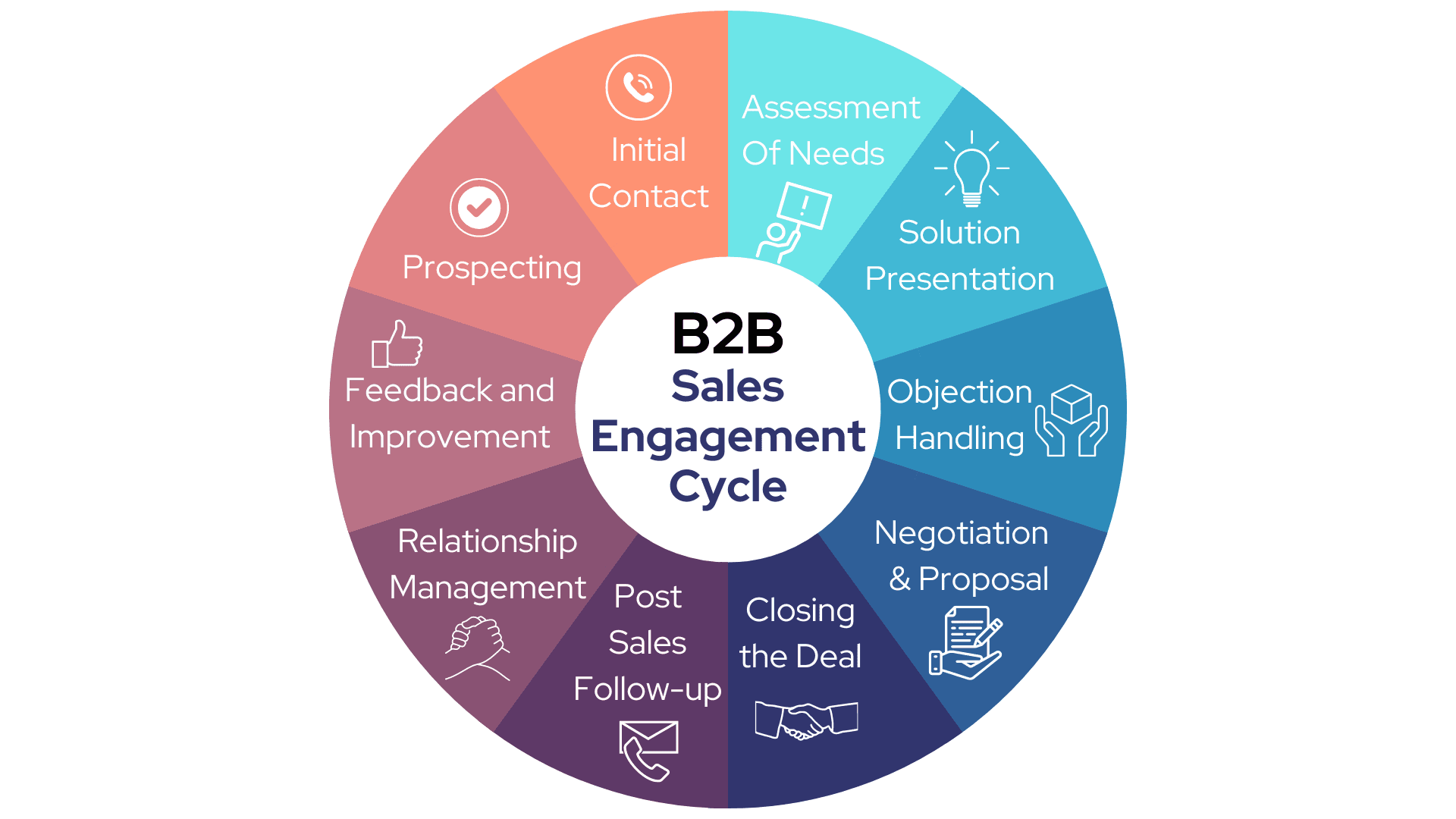
Prospecting
The first stage of the sales engagement cycle is prospecting. Here, you have to identify potential customers who fit their target market and have a need for their product or service.
For example, a marketing agency specializing in social media management identifies potential prospects by conducting market research, attending industry events, and leveraging online platforms. They target e-commerce businesses looking to enhance their social media presence and drive customer engagement via their social media accounts such as their e-commerce WhatsApp account, facebook account, etc.
Initial contact
Once prospects are identified, your sales team should initiate the initial contact. This can be through various communication channels such as phone calls, emails, or social media messages by multi channel sales engagement. Your goal in this sales engagement process is to introduce the company, establish rapport, and gauge the prospect's interest and fit.
Needs assessment
Once initial contact is established, the next step is to conduct a thorough needs assessment. Sales professionals engage in active listening and ask relevant questions to understand the prospect's pain points, challenges, goals, and requirements.
Solution presentation
Armed with the insights gathered during the needs assessment stage, your sales team will develop a tailored solution that addresses the prospect's specific challenges. They will present the solution, highlighting how their product or service can solve the prospect's pain points, improve efficiency, or deliver desired outcomes. This stage involves showcasing the value proposition, features, benefits, and competitive advantages of the solution.
Objection handling
It may be possible that during the solution presentation or afterward, prospects may raise objections or concerns. Your sales team needs to address these objections effectively by providing additional information, offering alternative solutions, or addressing any misconceptions. This stage requires active listening, empathy, and clear communication to overcome objections and build trust.
Negotiation and proposal
If the prospect shows interest and intends to move forward, you can enter the negotiation and proposal stage. Here, you will discuss pricing, terms, customization options, using a CPQ software, or any specific requirements the prospect may have. The goal is to find a mutually beneficial agreement that meets the prospect's needs while ensuring a profitable deal for your sales engagement model.
Closing the deal
Once the negotiation stage is successfully completed, the next step is to close the deal. This involves obtaining the necessary approvals, finalizing contracts, and securing the commitment from the prospect to move forward with the purchase. You may use closing techniques, such as creating a sense of urgency or offering incentives, to facilitate the decision-making process.
Post sales follow-up
After the deal is closed, the sales engagement cycle continues with post-sales follow-up. You have to ensure a smooth transition to the implementation phase, provide any necessary onboarding or training, and address any post-sale concerns or issues. Ongoing communication and support helps to nurture the relationship and potentially generate repeat business or referrals.
Relationship management
Beyond the initial sale, the focus shifts to relationship management and account expansion in different types of sales. You have to continue to engage with the customer, provide value-added services, and identify opportunities for upselling or cross-selling. Building long-term relationships and maximizing customer lifetime value becomes the goal at this stage.
Feedback and continuous improvement
Throughout the sales engagement cycle, gathering feedback from customers is crucial. This feedback helps identify areas for improvement, refine sales strategies, and enhance the overall customer experience. Sales teams analyze the results, make adjustments as necessary, and continuously improve their sales engagement approach.
Which channel should you adopt?
Let us discuss some of the broad channels that you can use to connect with the potential customers and foster meaningful interactions.
Email allows your business to reach a wide audience and deliver personalized messages directly to prospects' inboxes. You need to take care of different kinds of emails that you have to send to different kinds of leads for higher sales engagement.
One brand that excels in using email for sales engagement is Trello. They send targeted email campaigns to nurture leads, share relevant content, and provide personalized follow-ups to prospects.
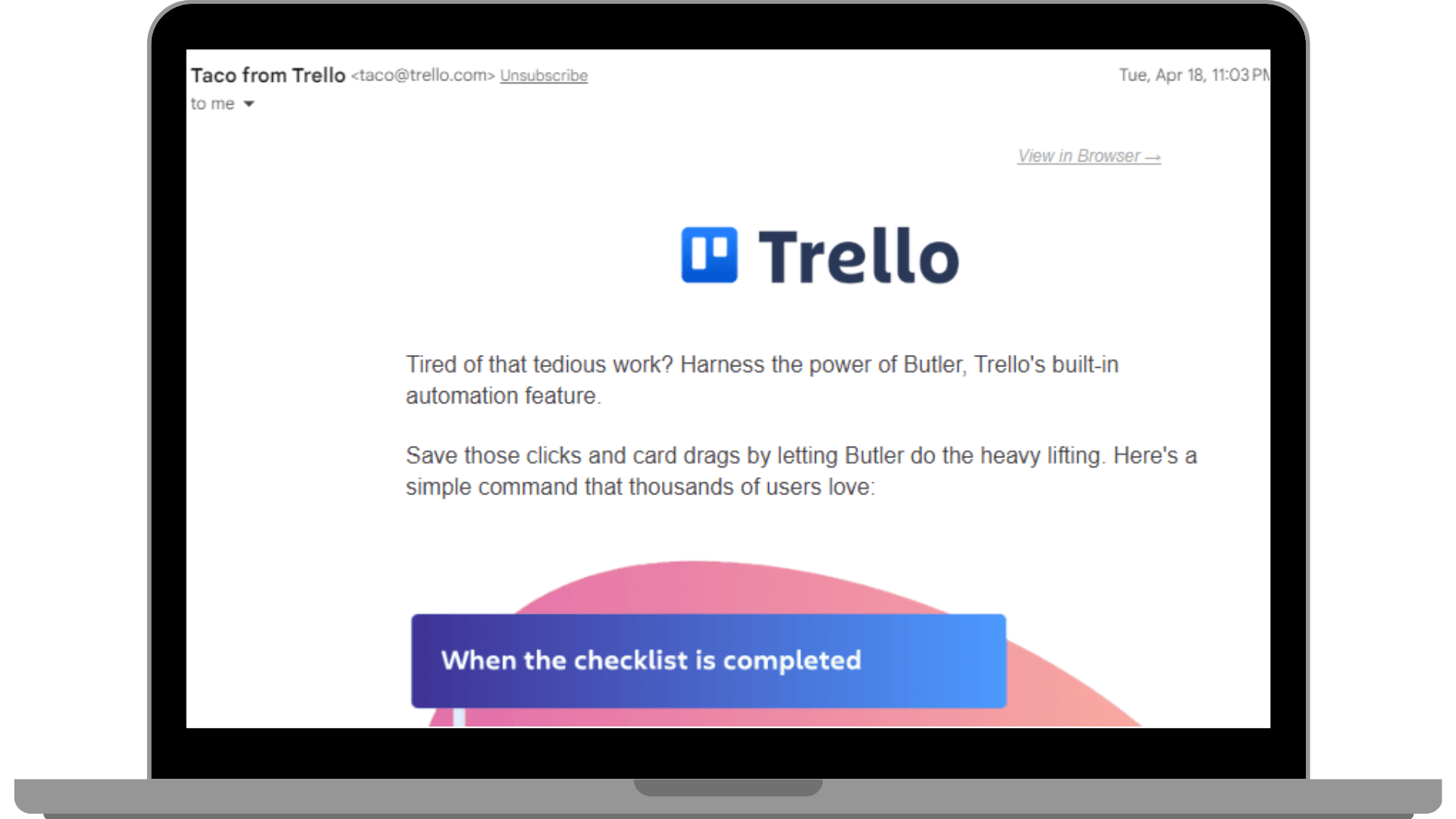
Phone
Ah, good old-fashioned phone calls!
This channel offers you the advantage of real-time conversations and the opportunity for personalized interactions.
Zixflow uses phone calls as one of the primary channels to drive B2B sales engagement.
Their sales representatives use consultative selling approach by reaching out to potential customers, understanding their pain points, and discussing how Zixflow’s CRM solutions can address their specific needs.
Social media
Social media platforms have become powerful channels for B2B sales engagement. According to latest B2B sales statistics, 46% B2B companies are utilizing social media for engaging with and nurturing their leads. It allows your business to showcase their expertise, engage with prospects, build brand awareness, and eventually increase sales through social media.
A great example is Cisco Systems, a leading networking solutions provider. They leverage LinkedIn as a channel for B2B sales engagement, sharing thought leadership content, engaging with industry professionals, and initiating conversations that lead to valuable business connections.
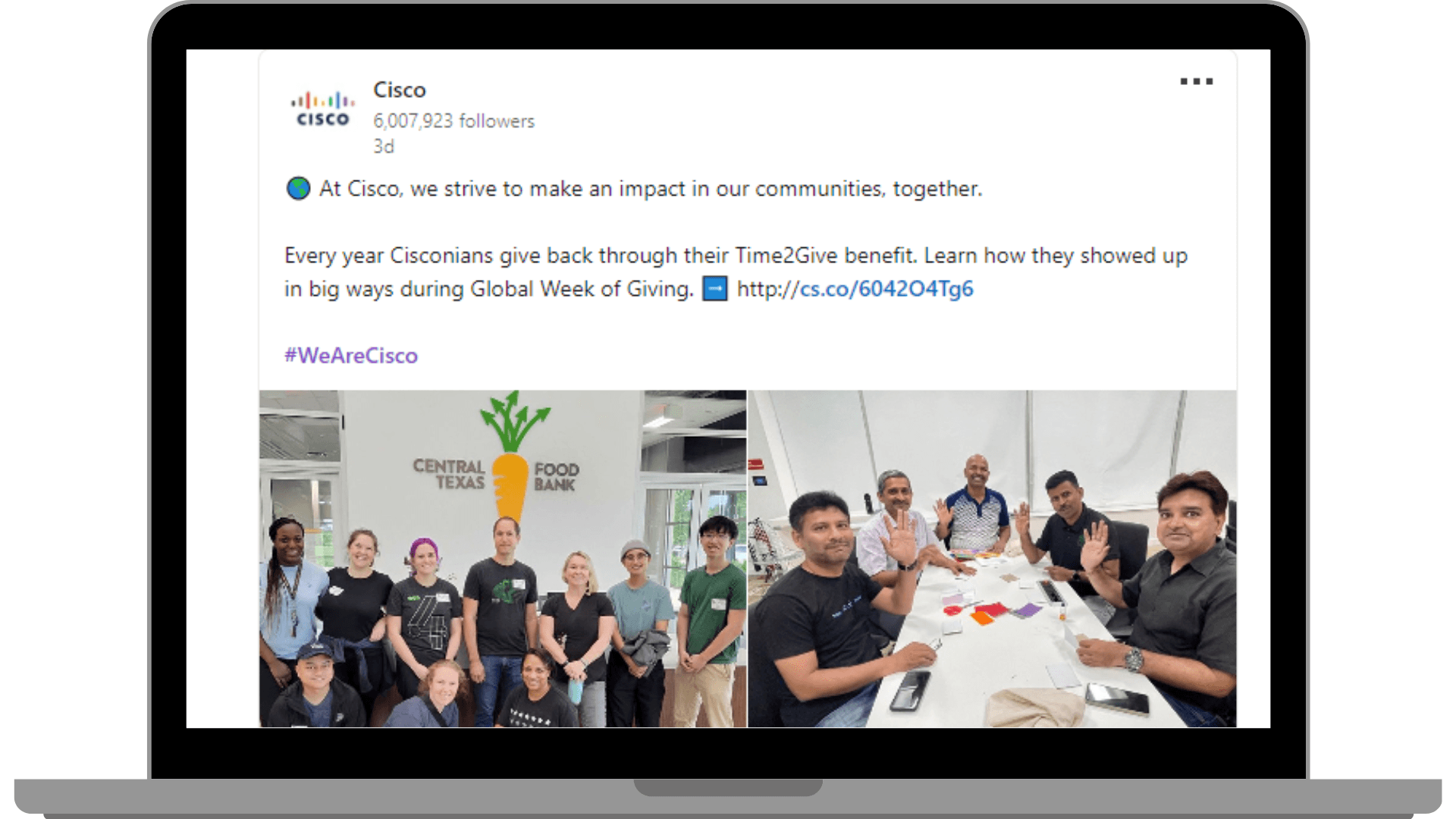
Webinars and online events
Hosting webinars and online events is an effective way to engage B2B prospects. It provides you with sales networking opportunities by educating them, demonstrate product features, and interact with a targeted audience.
Marketo, a popular marketing automation software company, frequently organizes webinars to engage potential customers. They deliver valuable insights, showcase their platform's capabilities, and encourage attendees to engage in further conversations with their sales team.
Content marketing
Content marketing is all about creating informative and relevant content to engage B2B prospects.
Zixflow excels in using different types of content for sales engagement. They produce blog posts and tutorials that address common challenges faced by their target audience.
By providing valuable information and demonstrating how their solutions can add value, they engage prospects and position themselves as industry leaders.
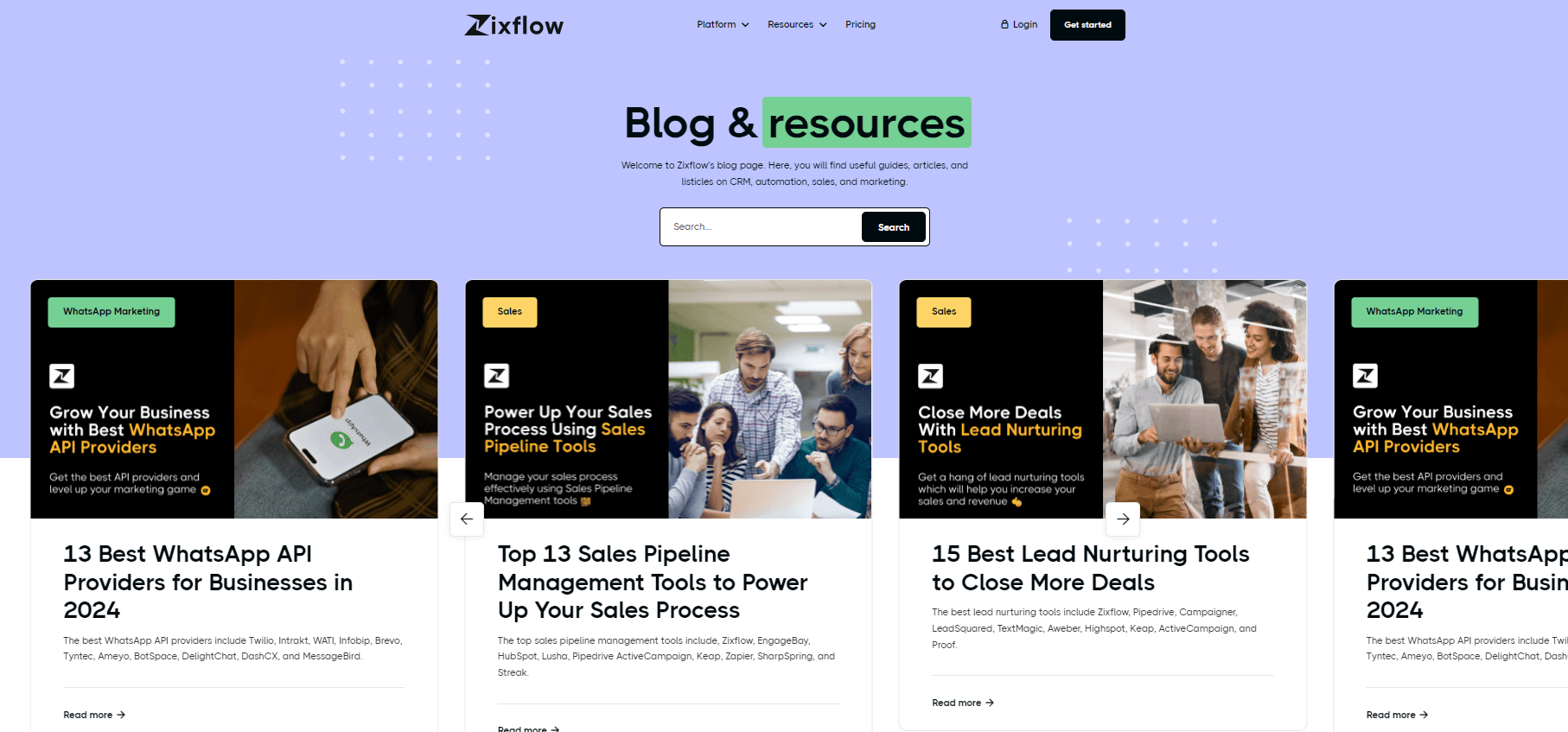
Direct mail
Direct mail is a traditional yet effective channel for sales engagement that involves sending physical promotional materials or communications directly to targeted individuals or businesses.
Despite the rise of digital marketing strategies, direct mail continues to be a valuable tool for sales teams looking to engage with prospects and customers in a tangible and personalized way. Zixflow, a leading communication and collaboration platform, provides you the feature of direct drip mail campaigns to engage prospects.
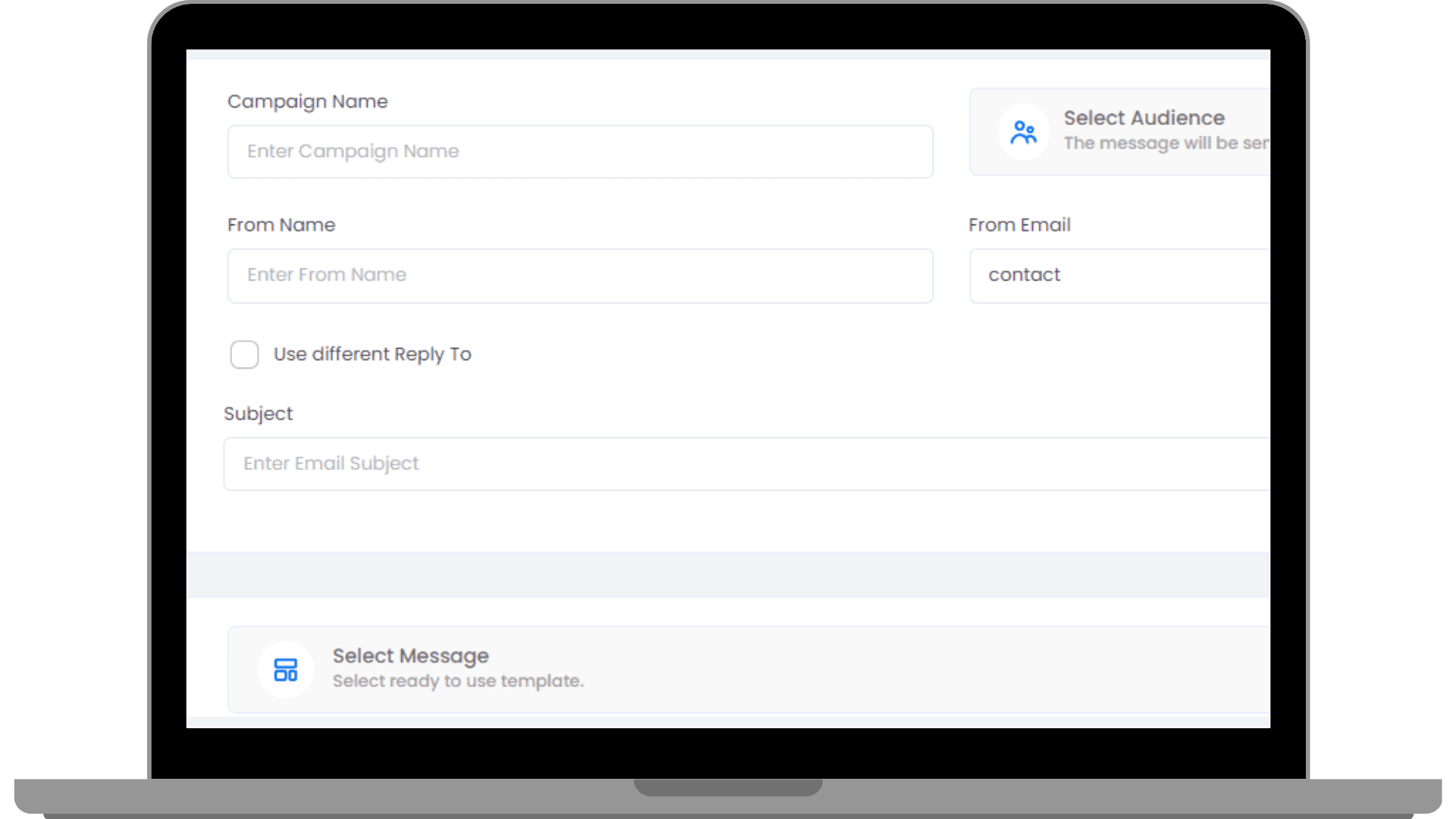
You can send personalized packages containing promotional materials, product samples, and exclusive offers. This tactile approach grabs attention and creates a memorable impression on potential customers.
Online advertising
Online advertising has gained significant prominence in B2B sales engagement. Display ads, search engine marketing (SEM), and social media ads allow businesses to reach their target audience with precision.
Remember, the choice of channels for B2B sales engagement should align with the preferences of your target audience and your overall marketing strategy. Combining multiple channels can help you maximize your reach and engage with potential customers effectively.
How can you increase B2B sales engagement?
To increase B2B sales engagement, it's important to employ effective strategies that prioritize building relationships, delivering value, and leveraging various channels of communication.
Here are some strategies, along with examples from top brands, that can help you enhance your B2B sales engagement:
Account based marketing (ABM)
ABM focuses on personalized marketing efforts directed towards specific target accounts. By tailoring your messaging, content, and campaigns to individual accounts, you can increase sales by multi channel sales engagement.
Thought Leadership and content marketing
Establishing your brand as a thought leader in your industry helps build credibility and attract B2B buyers. Sharing valuable content through various channels is key to engaging potential customers.
For instance, Adobe maintains a robust blog that covers industry trends, insights, and best practices. By consistently providing valuable content, they attract B2B buyers, position themselves as experts, and increase engagement.
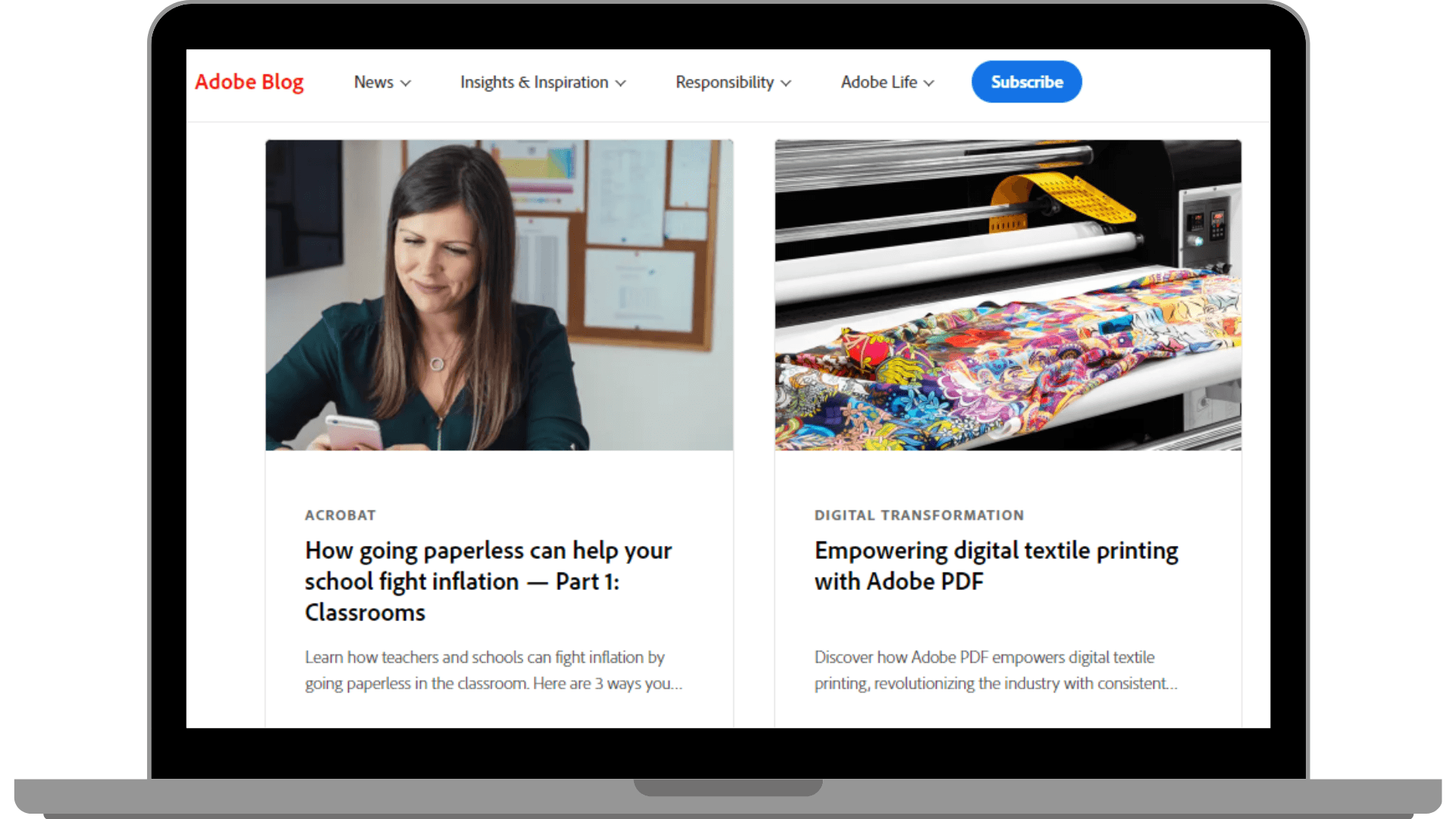
Personalized email campaigns
Personalizing your email campaigns can significantly improve engagement rates. By tailoring your messaging, content, and asking sales qualifying questions to individual recipients, you demonstrate that you understand their specific needs.
For example, HubSpot, a marketing software company, excels at personalizing their email campaigns. It allows you to segment your audience based on industry, company size, and interests to deliver targeted and relevant content, resulting in increased engagement.
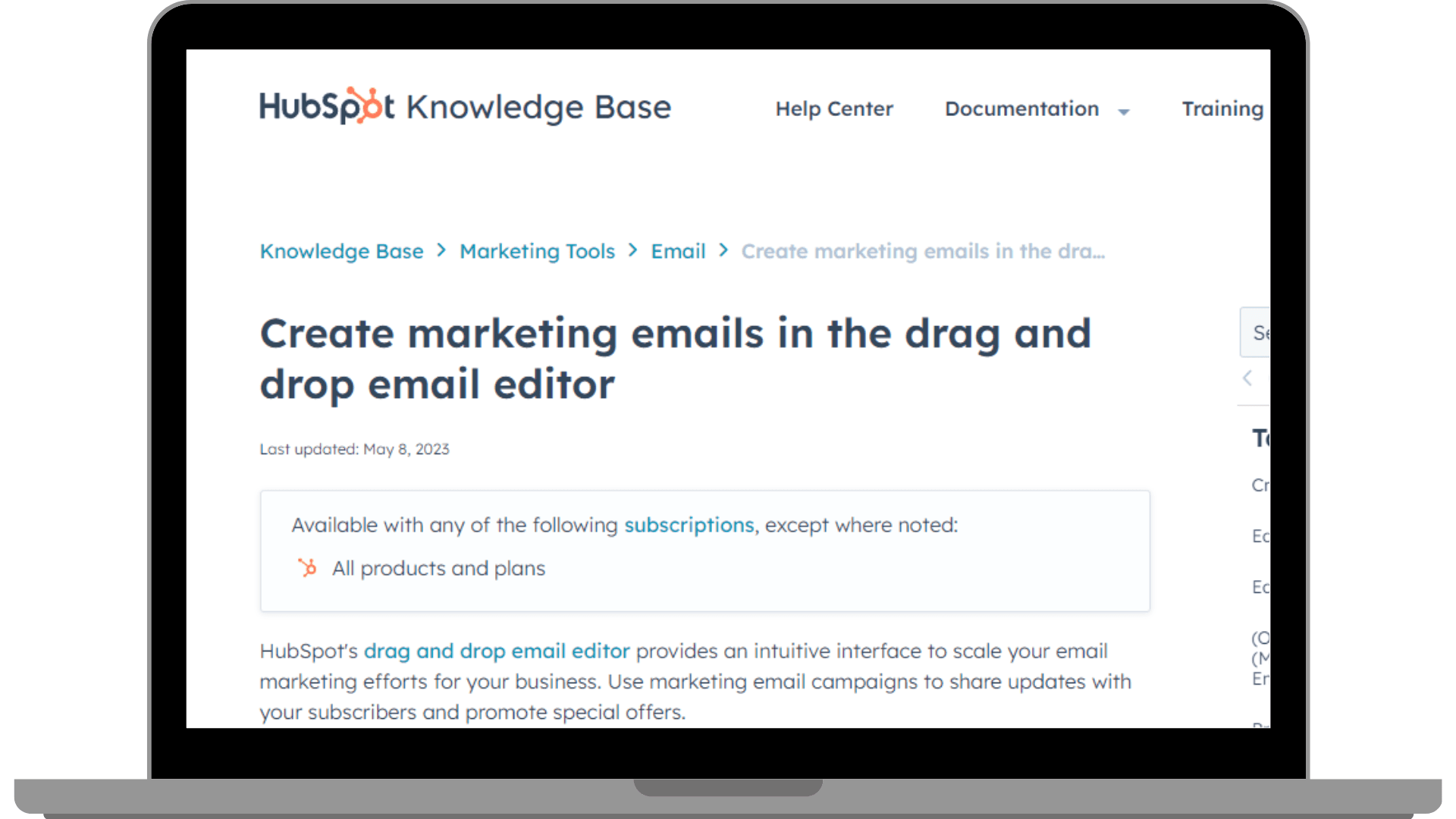
Social media engagement
Leveraging social media platforms can help you reach and engage B2B buyers effectively. By sharing valuable content, participating in industry discussions, and responding to comments and messages, you can build relationships and increase engagement.
For example, IBM actively engages with B2B buyers on LinkedIn by sharing informative content, participating in relevant groups, and fostering discussions around emerging technologies. This engagement helps them build brand awareness and drive customer interest.
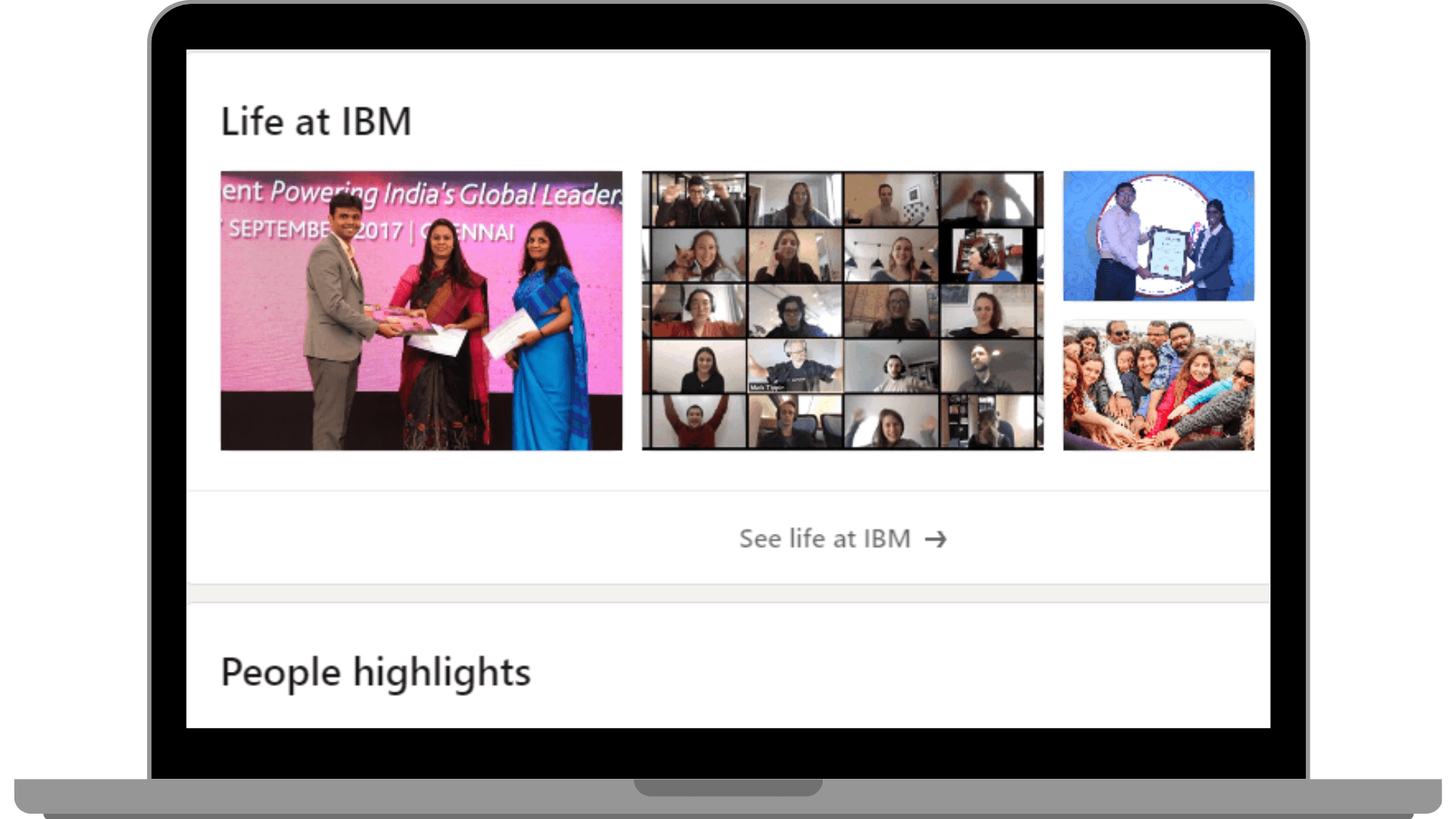
Sales engagement platform
A sales engagement platform is like a Swiss Army knife for sales teams.
It's a software solution that helps you manage and optimize your sales activities in one central place. It's designed to make your life easier by automating repetitive tasks, improving communication, and providing insights that can help you sell more effectively.
With a sales engagement platform, you can create personalized email templates that can be sent out automatically. You can set up sequences of emails to be sent over time, ensuring that you stay in touch with your prospects without having to manually remember to follow up. These platforms often have features that let you track email opens, clicks, and replies, so you can see who's engaged with your messages and adjust your approach accordingly. Moreover, few platforms offer marketing campaign for WhatsApp feature as well through which you can reach out to billions of people within seconds. With its huge userbase, WhatsApp is currently the most preferred marketing channel.
But it's not just about emails. Sales engagement platforms also help you manage your calls. Some platforms offer features like power dialers, which let you make a series of calls efficiently. You can even drop pre-recorded voicemails with a single click, saving you time and effort.
Keeping track of your tasks and activities is essential for staying organized. A sales engagement platform provides tools to help you schedule follow-ups, set reminders, and manage your to-do list. This way, you can make sure you're staying on top of your sales pipeline and not missing any important opportunities.
And let's not forget about the analytics and reporting capabilities. These platforms provide insights into how your sales activities are performing. You can see metrics like email open rates, click-through rates, and even which templates or sequences are generating the best results. Armed with this information, you can make data-driven decisions to optimize your sales strategy and improve your engagement with prospects.
Focusing entirely on either optimizing your sales process or your customer relationship management is not enough. It’s important to realize that a sales engagement platform differs from a CRM software. Neither can do the others’ work. However, Sales engagement platforms can integrate with customer relationship management (CRM) systems, which are like the central hub for managing customer information. This integration ensures that all your sales activities and customer interactions are seamlessly synced with your CRM, providing a complete view of each prospect or customer and enabling better collaboration across your sales team.
So, in a nutshell, a sales engagement platform is a tool that helps sales teams automate tasks, improve communication, and gain insights to increase their sales engagement and effectiveness. It's all about making your sales process more efficient, organized, and ultimately, more successful.
Top 5 B2B sales engagement platform
Here is a list of best sales engagement platform that you can use to enhance your sales engagement:
Zixflow
Zixflow is an all-in-one platform that combines CRM, sales workflow automation, and sales engagement features. This makes it easy for sales teams to stay organized and productive, and to track their progress towards their sales goals.
Here are some key features of using Zixflow:
Lead tracking
Zixflow allows you to track leads from the moment they enter and move through your b2b sales funnel stages, all the way through to the close. You can see where they are in the sales process, and what actions they have taken.
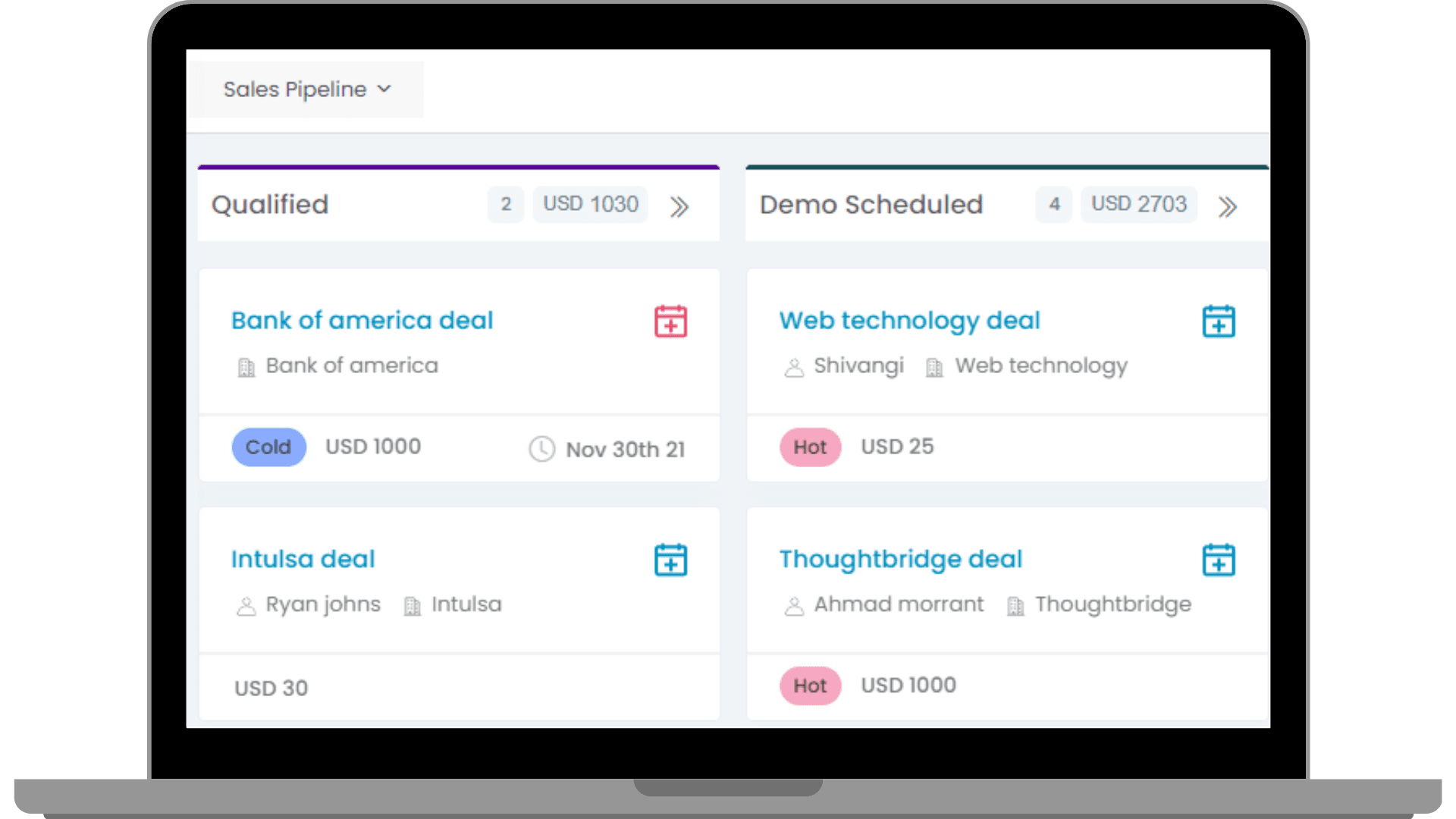
Lead nurturing
Zixflow is one of the best sales pipeline management tools that helps you to nurture leads by sending them personalized messages and content. You can create automated sequences of messages, or send manual messages as needed.
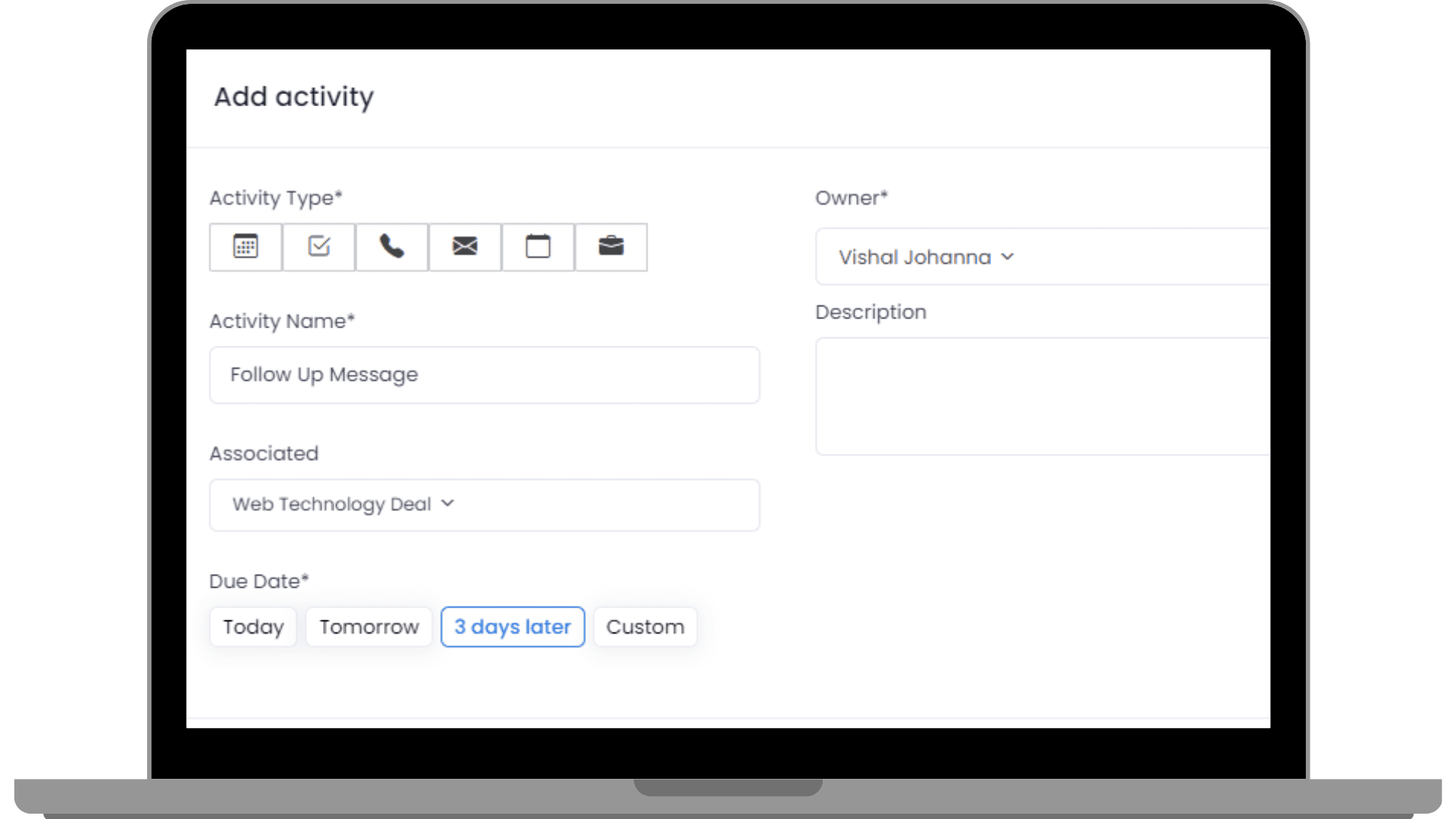
Email outreach and follow-ups
Zixflow makes it easy to send emails to leads and prospects. You can track your email open rates and click-through rates, and see how your emails are performing.
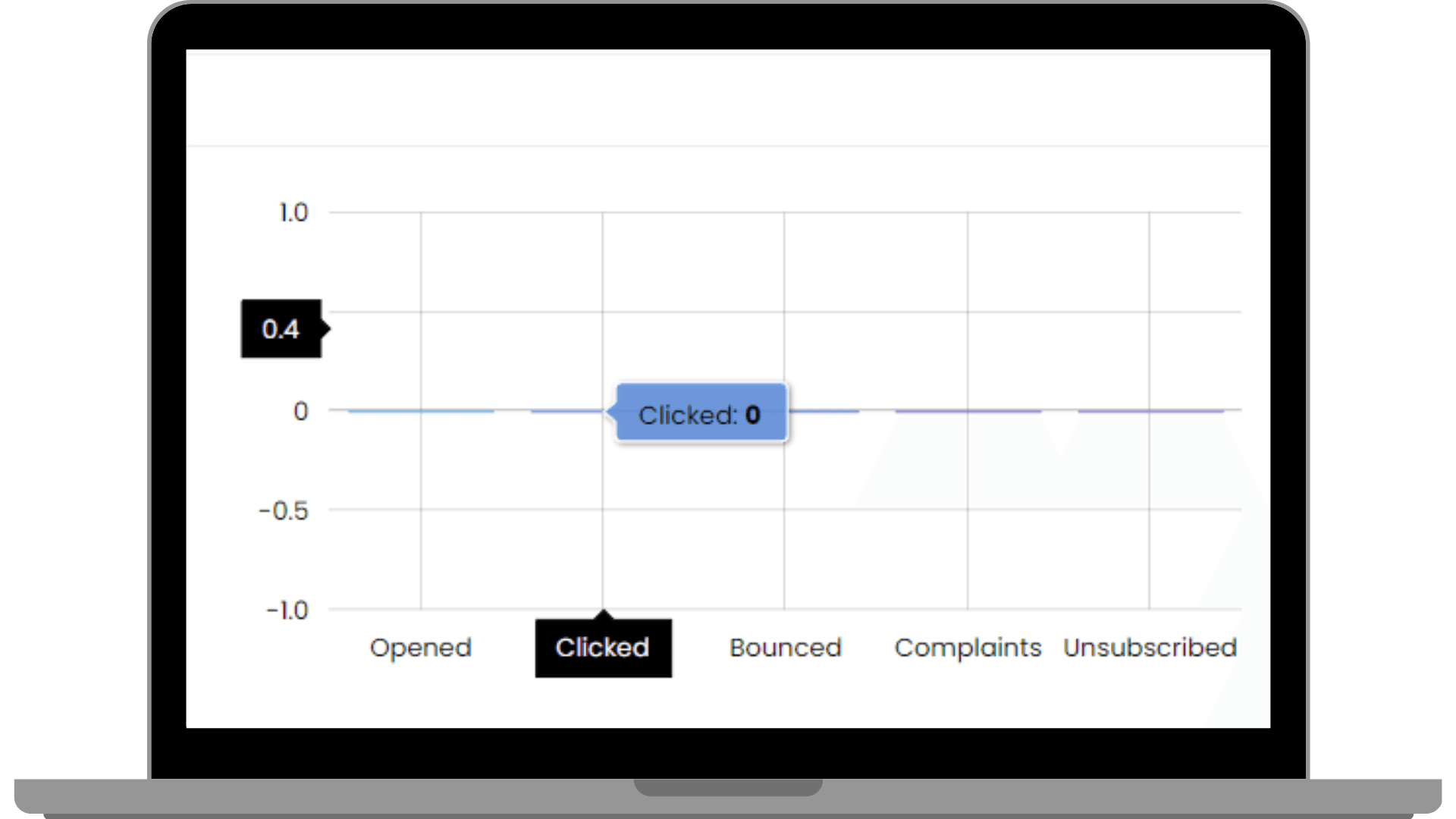
Conversational leadbots
Zixflow allows you to create conversational forms and leadbots for live chat to increase sales engagement. These are chatbots that can be used to collect leads and qualify them.
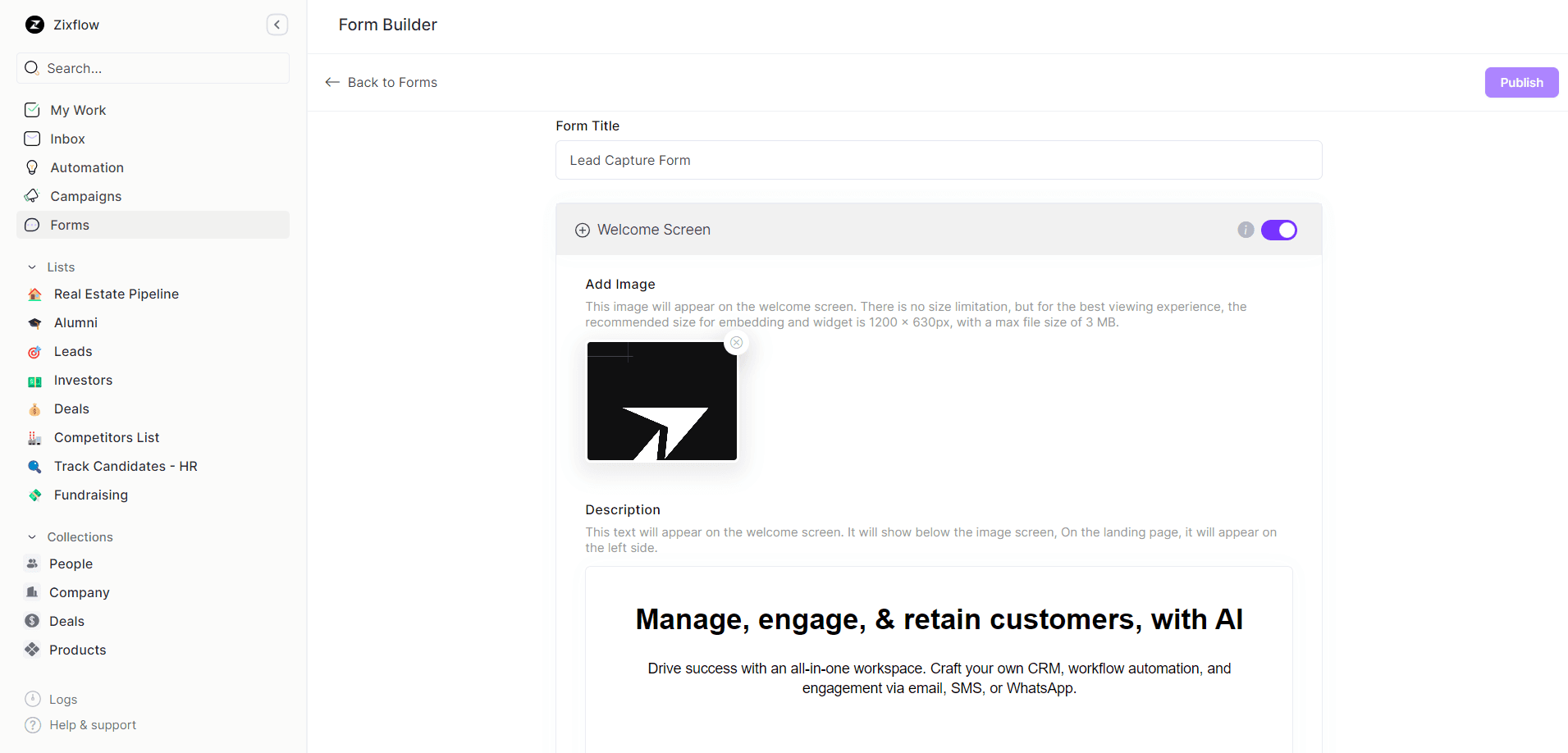
Multichannel engagement
Zixflow allows you to engage with leads and prospects through multiple channels, including email, SMS, and WhatsApp. This helps you to reach out to leads on the channels that they prefer.
Automated sales cadence
Zixflow allows you to automate your sales cadence. This means that you can set up a series of emails and messages that will be sent to leads at specific intervals. This helps you to stay in touch with leads and keep them moving through the sales process.
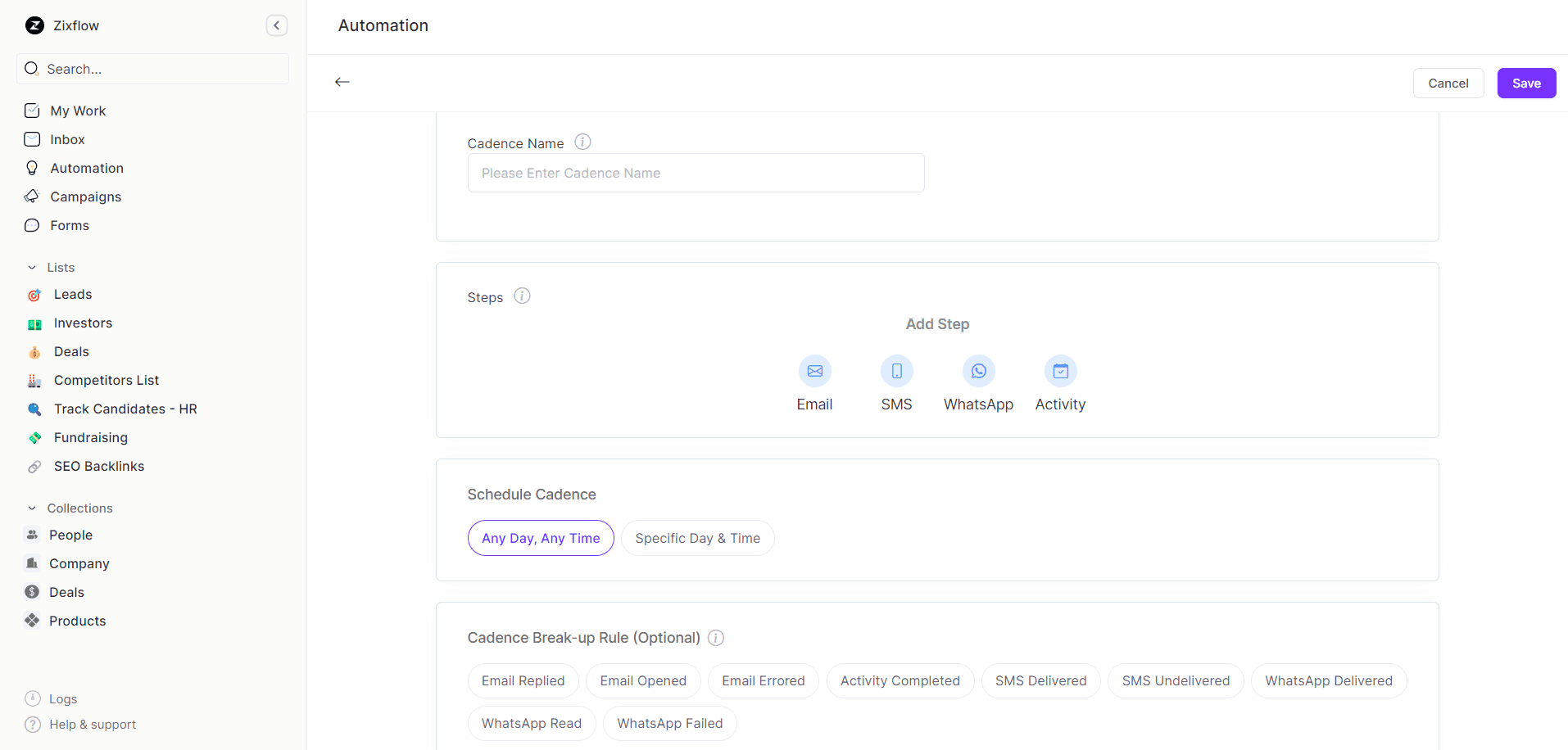
Outreach
Outreach is a popular sales engagement software that empowers sales teams to effectively engage with prospects, automate outreach processes, and optimize their sales activities. It offers a comprehensive set of features and capabilities designed to enhance sales productivity and drive better results.
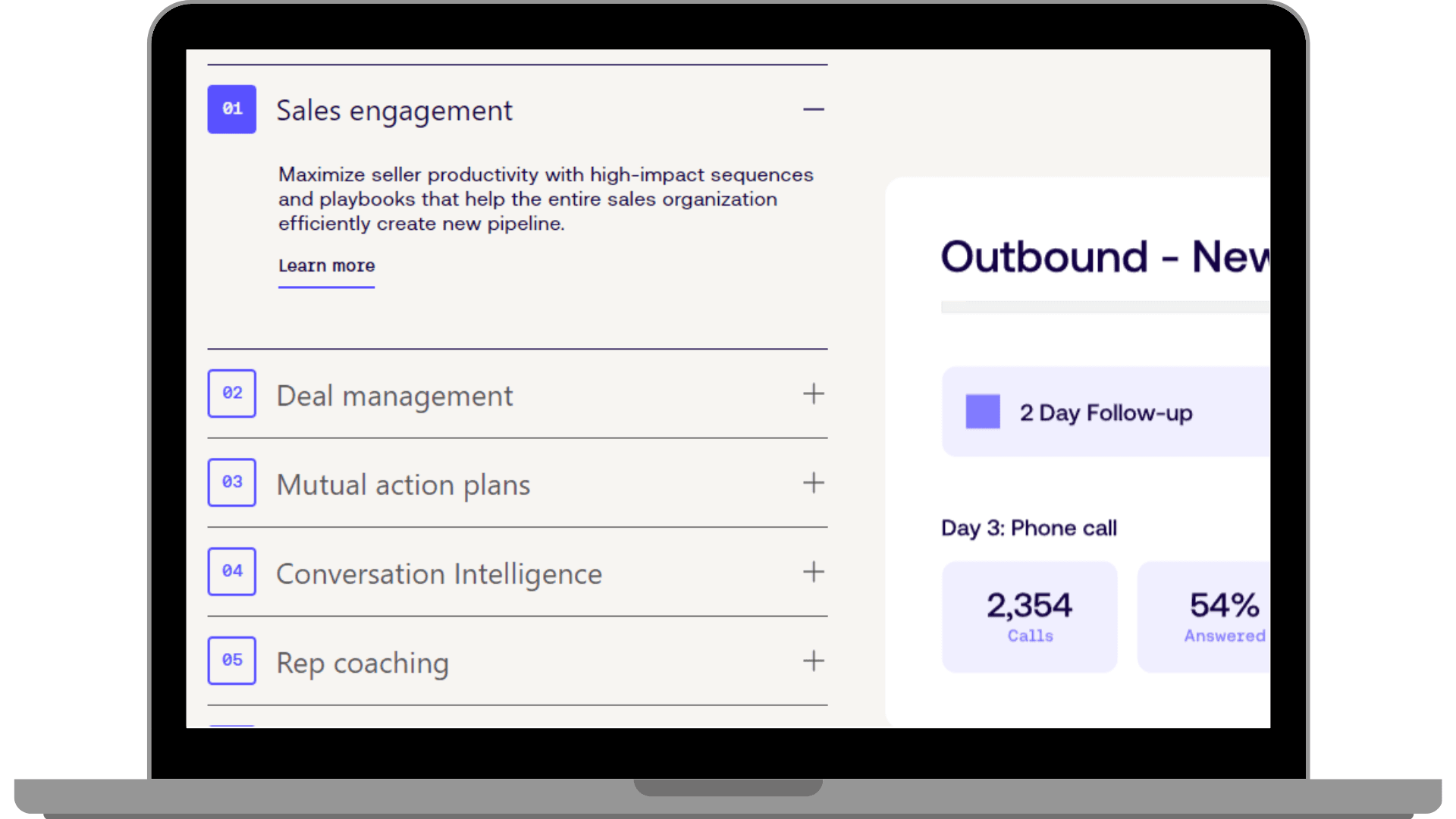
Let's dive into the detailed benefits of using Outreach:
Increased sales productivity
Outreach streamlines and automates repetitive tasks, such as email outreach and follow-ups. Sales reps can create personalized email templates, schedule sequences, and automate touchpoints, saving them time and effort.
This automation frees up more time for reps to focus on high-value activities, such as building relationships and closing deals, ultimately increasing their productivity.
Improve sales engagement
Outreach enables personalized and targeted outreach to prospects. With features like email automation, sales cadences, and multi-channel engagement, sales reps can reach prospects through their preferred communication channels, increasing the chances of meaningful engagement and leveraging sales automation benefits.
By tailoring messages and timing, reps can enhance their overall sales engagement and increase response rates.
Streamlined sales process
Outreach helps streamline sales processes by providing a centralized hub for managing sales activities. The platform integrates with CRM systems, allowing for seamless data synchronization and eliminating manual data entry.
This integration ensures that sales reps have access to up-to-date prospect and customer information, enabling efficient workflow and collaboration.
SalesLoft
SalesLoft is also a prominent sales engagement software that helps sales teams streamline and optimize their outreach efforts, improve communication with prospects, and drive higher engagement and conversion rates. It provides a comprehensive suite of features designed to enhance sales productivity and effectiveness.
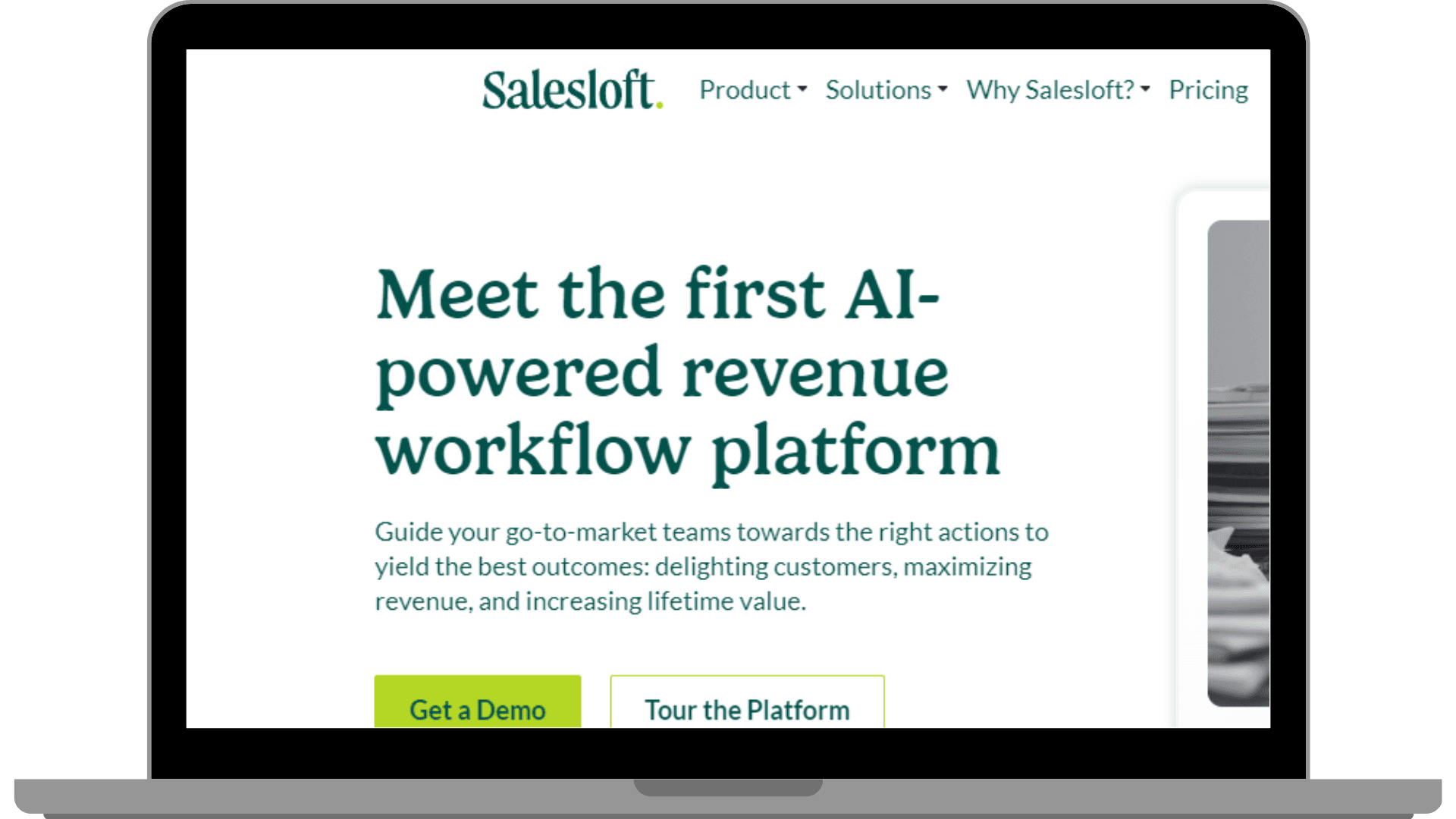
SalesLoft is a comprehensive sales engagement software that empowers your sales teams to optimize their outreach efforts, increase engagement with prospects, leverage sales automation benefits and drive better sales outcomes. Through its multi-channel communication, email automation, task management, analytics, and integration capabilities, SalesLoft helps sales teams enhance their productivity, streamline processes, and ultimately improve their overall sales performance. Salesloft is also one of the top-rated alternatives to Hubspot.
Groove
Groove is a sales engagement software that aims to streamline and optimize sales processes, enhance communication with prospects, and drive higher engagement and conversions. For Outreach users, Groove might be the best alternative to Outreach, if you’re looking to switch. It offers a range of features and functionalities designed to boost sales productivity and effectiveness.
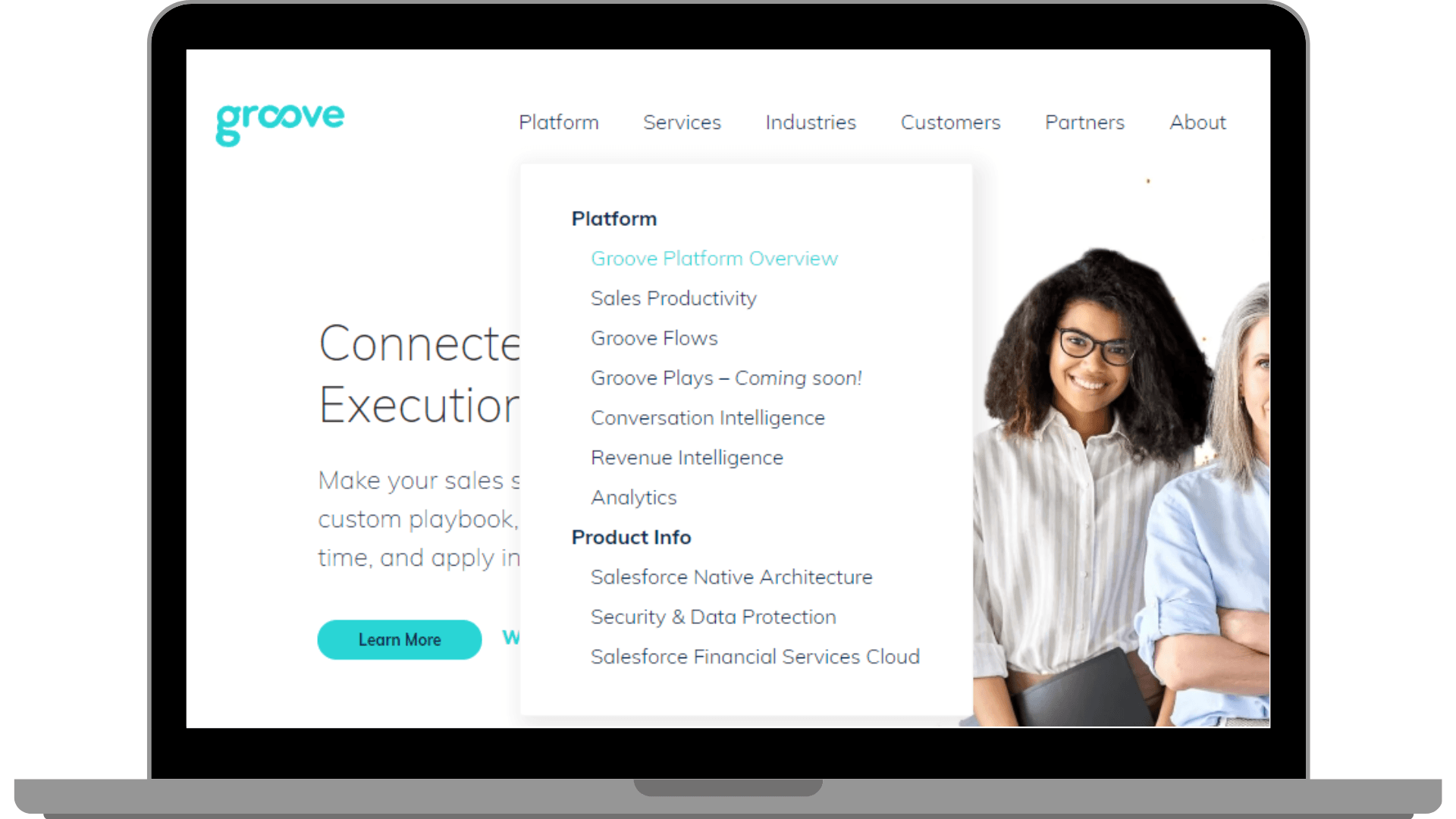
Through its email engagement capabilities, sales cadence management, CRM integration, analytics, and collaboration features, Groove empowers sales teams to enhance their productivity, streamline processes, and ultimately achieve higher sales performance.
Yesware
Yesware is a sales engagement software that focuses on improving email communication and productivity for sales professionals. It is one of the top-rated B2B sales platforms that provides a range of features designed to streamline sales workflows, enhance email outreach, and track prospect engagement.
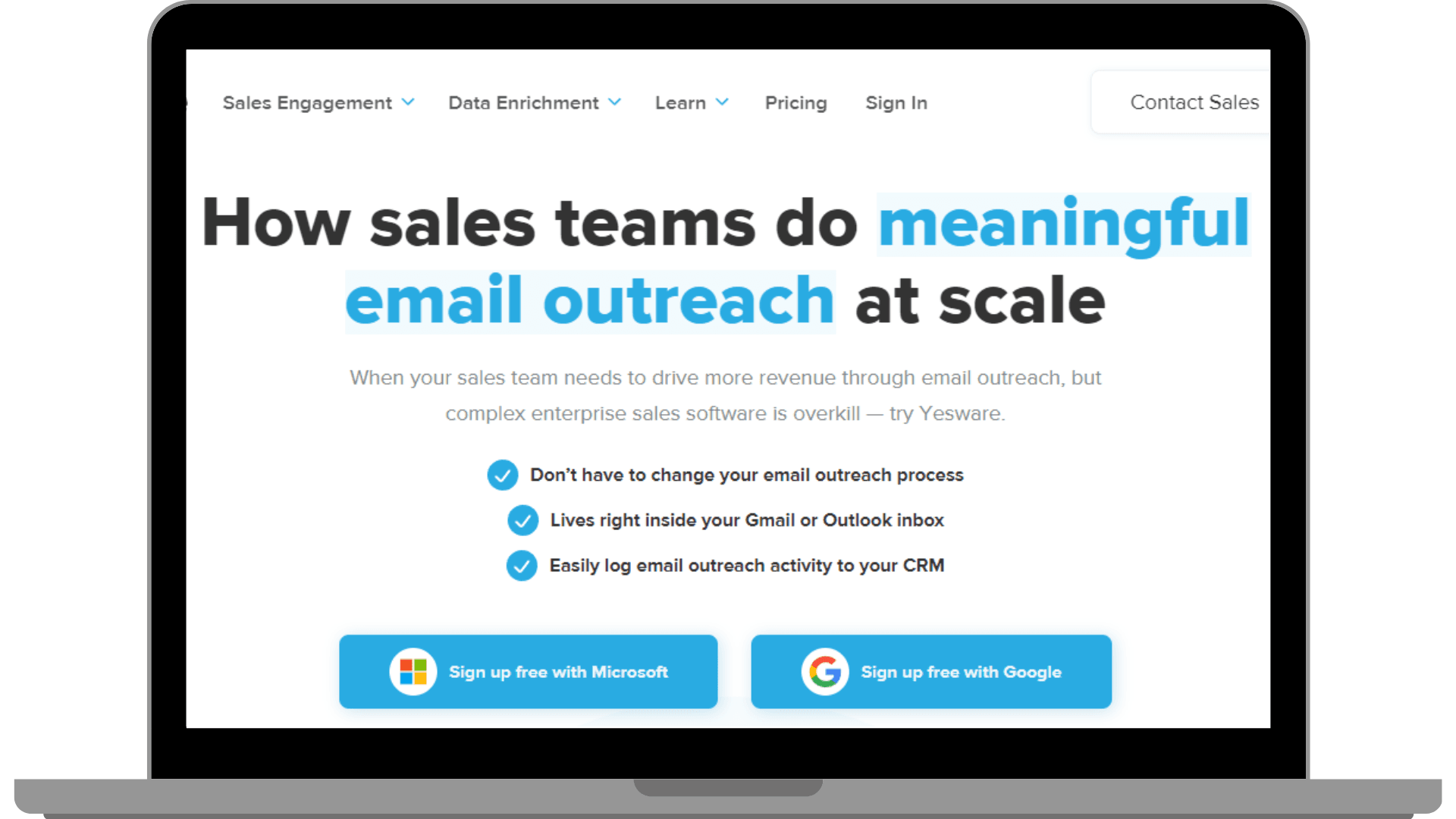
Yesware is a sales engagement software that focuses on improving email communication, tracking prospect engagement, and optimizing sales productivity. With its email tracking, automation, personalization, CRM integration, collaboration, and reporting features, Yesware empowers sales professionals to enhance their email outreach, measure effectiveness, and build stronger relationships with prospects.
Nail Your Sales Journey
In this practical guide to sales engagement,you have explored the concept, strategies, and key elements that contribute to effective sales engagement. Sales engagement is all about building meaningful connections, fostering relationships, and driving successful outcomes in the sales process. By understanding the needs and preferences of prospects, leveraging technology, and employing proven tactics, you can build an ideal sales engagement model for your business. You can also take help of some great sales engagement podcasts available on the internet to refine your sales engagement strategy.
In conclusion, sales engagement is a crucial aspect of successful B2B sales. By understanding the needs of prospects, employing effective strategies, and utilizing sales engagement platforms, you can build stronger relationships, drive meaningful interactions, and ultimately close more deals.
Embracing sales engagement as a core practice empowers your sales teams to achieve their goals, meet customer expectations, and thrive in the dynamic world of sales.
